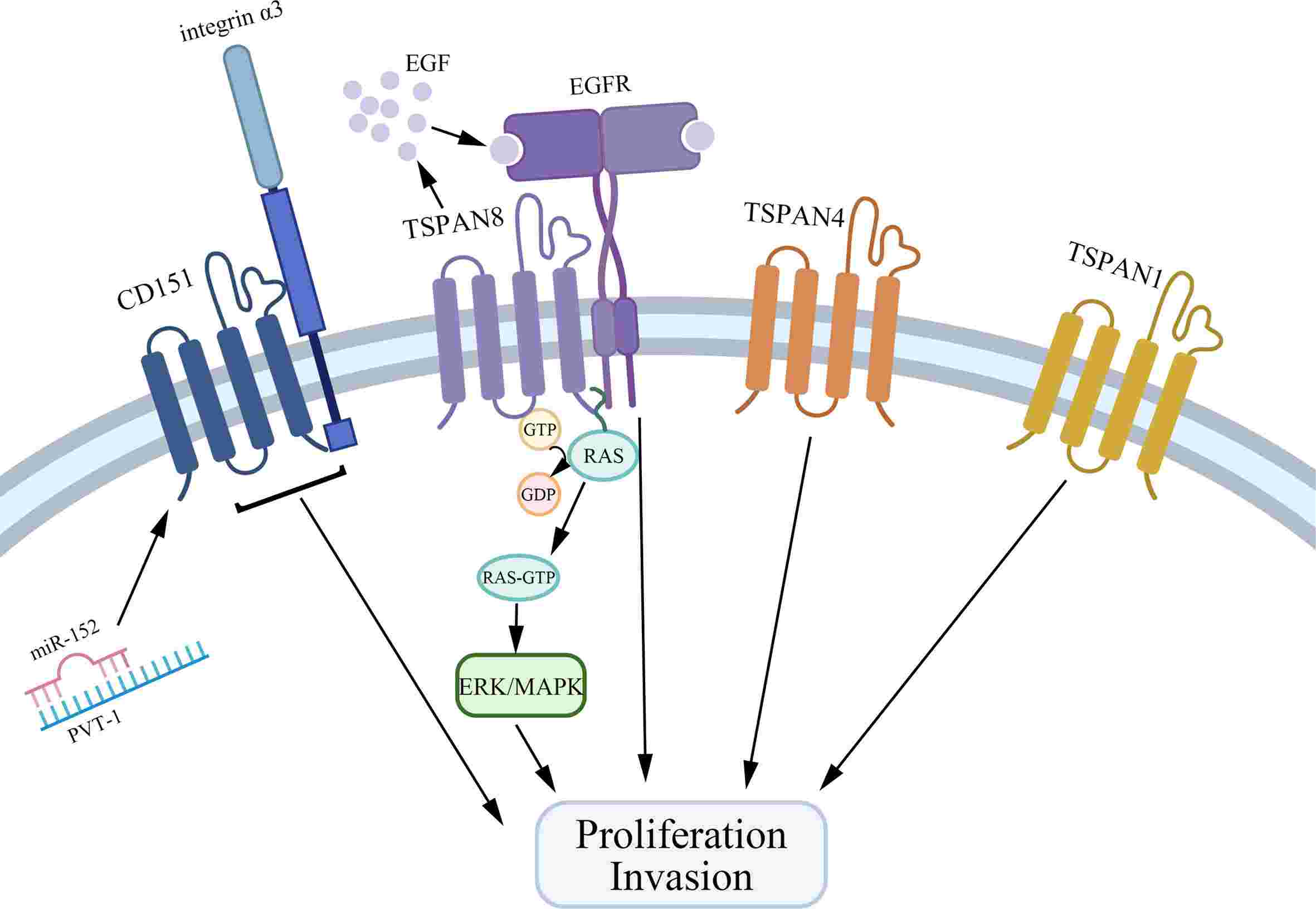What is TSPAN8 Protein
The TSPAN8 protein, a member of the tetraspanin family, stands out for its multifunctional role and potential applications in biomedical research.
What is TSPAN8 Protein?
Tetraspanin-8, abbreviated as TSPAN8, is a transmembrane protein characterized by four transmembrane domains, conferring its distinct structural identity. These domains enable its integration into the cell membrane, forming a complex structure crucial for its diverse functions. TSPAN8 features two extracellular loops and short N- and C-termini within the cell, facilitating interactions with various cell surface proteins.
The Function of TSPAN8 Protein
TSPAN8's primary functions encompass cell adhesion and migration, underscoring its significance in fundamental cellular processes. By mediating interactions with other cell surface proteins, TSPAN8 regulates cell-to-cell and cell-to-matrix adhesion, contributing to processes like tissue development and wound healing. Moreover, TSPAN8 plays a pivotal role in immune regulation, organizing immunological synapses to facilitate interactions between immune cells and their targets.
TSPAN8-Related Diseases
The overexpression of TSPAN8 is notably linked to cancer progression, with its elevated levels observed in colorectal and pancreatic cancers. This overexpression correlates with enhanced cell migration, invasion, and angiogenesis, key processes in tumor development and metastasis. Additionally, alterations in TSPAN8 expression are associated with liver diseases, specifically liver fibrosis and cirrhosis, shedding light on its role in hepatic pathology.

Figure 1. Tetraspanins that promote gastric cancer cell proliferation and invasion. (Deng, Y., et al. 2021)
TSPAN8 Related Signaling Pathways
TSPAN8's involvement in signaling pathways adds another layer to its complexity. Notably, it interacts with the Wnt signaling pathway, a critical regulator of embryonic development and tissue homeostasis. Through its interaction with Wnt co-receptors, TSPAN8 modulates Wnt signaling, influencing cell proliferation and differentiation. Furthermore, TSPAN8 regulates integrin signaling, impacting cell adhesion and migration, thus orchestrating cellular behavior in physiological and pathological contexts.
Applications of TSPAN8 in Biomedical Research
- Biomarker Potential in Cancer
The overexpression of TSPAN8 in certain cancers positions it as a promising biomarker for diagnostic and prognostic purposes. Its presence could serve as an indicator for early cancer detection and monitoring disease progression. Researchers are actively exploring TSPAN8's biomarker potential as a valuable tool in the fight against cancer.
- Immunotherapy Development
Given TSPAN8's role in modulating immune responses, it presents itself as a target for immunotherapy in cancer treatment. Targeting TSPAN8 could enhance immune cell interactions with tumor cells, amplifying the effectiveness of immune responses against cancer. This avenue opens up innovative approaches to harness the immune system in the battle against malignancies.
- Therapeutic Target in Drug Development
The intricate involvement of TSPAN8 in signaling pathways associated with diseases positions it as a potential therapeutic target. By understanding its role in cancer progression and liver diseases, researchers can design targeted therapies to modulate TSPAN8 function. This novel approach offers a tailored strategy for treating conditions where TSPAN8 dysregulation plays a crucial role.
The TSPAN8 protein emerges as a multifaceted player in cellular processes, with its involvement spanning cell adhesion, migration, immune regulation, and critical signaling pathways. Its association with diseases, particularly cancer and liver disorders, opens avenues for diagnostic, therapeutic, and immunotherapeutic applications. As researchers continue to unravel the complexities of TSPAN8, its potential in biomedical research will continue to advance our understanding of a variety of diseases and the development of new treatments.
Recommended Products for TSPAN8 Protein
| Cat.# | Species | Product name | Source (Host) | Tag |
|---|---|---|---|---|
| TSPAN8-321H | Human | Recombinant Human TSPAN8, Fc tagged | Human Cell | Fc/His |
| TSPAN8-400H | Human | Recombinant Human TSPAN8, His tagged | Human Cell | N/A |
| TSPAN8-3461H | Human | Recombinant Human TSPAN8, His-tagged | E.coli | His |
| TSPAN8-917H | Human | Active Recombinant Human TSPAN8 Full Length Transmembrane protein(Nanodisc) | HEK293 | N/A |
| TSPAN8-1281H | Human | Recombinant Human TSPAN8 protein, His-tagged | HEK293 | His |
| TSPAN8-17517M | Mouse | Recombinant Mouse TSPAN8 Protein | Mammalian Cell | His |
| TSPAN8-9689M | Mouse | Recombinant Mouse TSPAN8 Protein, His (Fc)-Avi-tagged | HEK293 | His (Fc)-Avi |
| TSPAN8-0746C | Canine | Recombinant Canine TSPAN8 protein, His-tagged | HEK293 | His |
| TSPAN8-0747C | Cynomolgus | Recombinant Cynomolgus TSPAN8 protein, His-tagged | HEK293 | His |
| TSPAN8-4442C | Chicken | Recombinant Chicken TSPAN8 | Mammalian Cell | His |
Reference
- Deng, Y., et al. Tetraspanins: Novel Molecular Regulators of Gastric Cancer. Front Oncol. 2021 Jun 18;11:702510.

